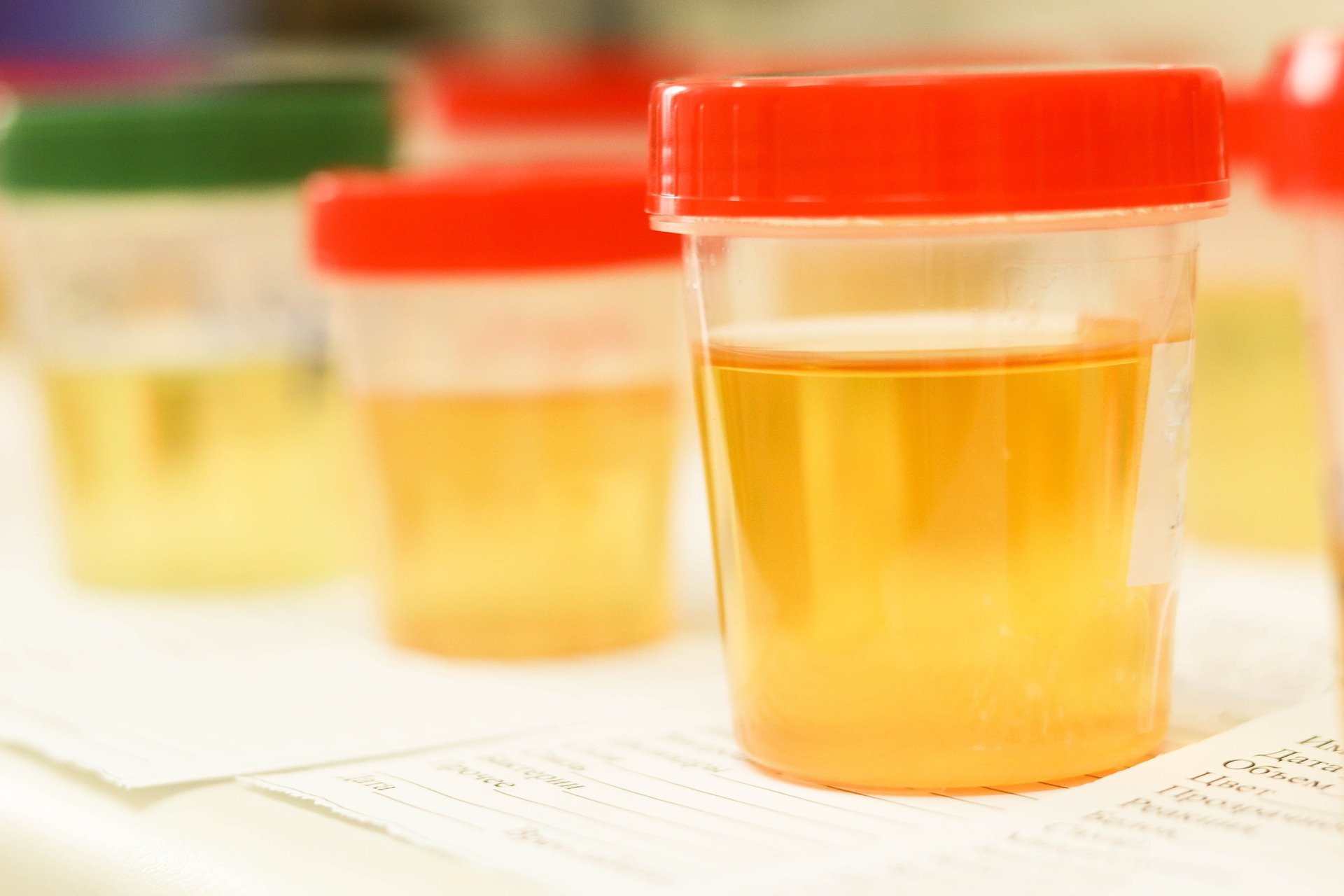
A urine test is a test in which a sample of urine is taken either by using a test strip or in the laboratory. A urine test interprets the results based on different components of urine- a waste product secreted by the kidneys. The color, odor, and volume of urine may indicate that something wrong is going in the body.
There are many tests that need urine as a sample for testing and further result interpretation. In general, there are five standard urine tests that can be utilized to analyze the different components of urine. Out of those five tests, two of them can also be done at home, whereas the other three can only be conducted in a laboratory.
Lab Testing API offers a range of Blood and Urine tests that an individual can order themselves online at discounted rates. All lab orders include a physician’s order.
Generally done as part of routine examinations, a rapid urine test is the fastest way to test urine. Your doctor may recommend the test during antenatal or pregnancy visits when being admitted to the hospital, or before any sort of surgery. The test can also be used in people with symptoms like recurrent painful urination, pain in the lower abdomen, stomach ache or back pain, etc. It might also be utilized by diabetic people to check their sugar levels. Rapid urine tests can be done at home or in the laboratory.
The procedure for rapid urine test involves dipping a strip containing small square colored fields into a well-mixed sample of urine for a few seconds. The strip is then extracted from the containers and extra urine is removed from the edge of the strip. It is left to stand for the time necessary for the reactions to occur, usually 60 to 120 seconds. Based on the concentration of the particular substance being tested, the fields on the test strip change color. Finally, the colors that appear are compared against the chromatic scale (color table) found on the urine test package for normal and abnormal values. It should be kept in mind that an improper technique can produce faulty results, for example, if the urine sample is not properly mixed. If an excess of urine is not extracted from the strip, it may cause the seepage of substances from the pads onto adjacent pads resulting in an alteration of the colors (1, 2).
A urinalysis is a combination of physical (visual assessment), chemical, and microscopic tests. Urine can be analyzed for abnormal levels of certain substances or by identifying substances that are usually not present in the urine, to diagnose and detect many disorders (like kidney disorders, urinary tract infections (UTIs), Metabolic diseases such as phenylketonuria, diabetes, etc.) (1,3,4). Complete Urinalysis involves three steps.
*A microscopic examination is performed if there is an abnormal finding while performing a visual or chemical examination, or in a case where a doctor has specifically ordered the same (1,3).
Normally, a urinalysis is part of a routine examination. The doctor may also recommend the test in certain cases to find the cause of symptoms one is experiencing. The test may also be utilized to monitor conditions like diabetes.
A urine culture is a test conducted in the laboratory to detect and identify the germs (microorganisms like bacteria) present in the urine, that cause a urinary tract infection (UTI). A midstream sample of urine is collected and put into a container. A small sample of urine is placed on small plates (agar plates) with a growth media (a thin layer of a nutrient media). It is then placed in an incubator at body temperature for 24 to 48 hours. If there are bacteria or fungi in the urine, visible colonies appear on the agar plate. The total number, types of colonies, size, shape, and color of these colonies can help identify the details of bacteria or fungi in the urine. In case there is little to no growth of visible colonies on the agar plates after 24 to 48 hours of incubation, the urine culture is considered negative, indicating no infection is present in the urine (1,5).
24-hour urine collection involves collecting urine over a period of 24 hours to find out how much urine the body is producing in a day or what amounts of certain substances (such as proteins, hormones, salts, and metabolic products) are eliminated in a day. The doctor recommends a 24-hour urine sample, as the amount of several substances in the urine varies during the course of a day. And thus, by collecting and examining all urine for 24 hours, a better analysis can be done regarding what is going on in the body. The test may be utilized by doctors to diagnose kidney problems. It is often done to check how much creatinine clears through the kidneys. It’s also undertaken to measure protein, hormones, minerals, and other chemical compounds (1,6).
For 24-hour urine sample collection, the first urine sample after waking up is not used and it is discarded, but time is being noted. From there onwards, for the next 24 hours, all the urine is stored in the container. After 24 hours are over, the bladder is emptied one last time and the urine is added to the sample in the container. Time is noted again, and all of the collected urine is then submitted to the lab for examination. The urine should be kept in a refrigerator for the entire 24-hour collection period (1).
A pregnant woman’s placenta produces human chorionic gonadotropin (hCG) also known as the pregnancy hormone. The pregnancy urine test can usually detect this hormone in the urine about a day after your first missed period and thus helps in confirming pregnancy.
The hCG levels normally increase very rapidly, during the first 8 to 10 weeks of pregnancy. At about the 10th week of pregnancy, these levels reach their peak and thereafter start declining until delivery. Pregnancy urine tests can be taken at home (home pregnancy kits) or in the laboratory. It is usually recommended that a first-morning urine sample should be used for testing as it typically contains the highest concentration of hCG (1,7)
Written by Dr. Shikha Sharma, Reviewed by Dr. Harshi Dhingra
